When weekend traffic from the beach to the Chesapeake Bay Bridge on US 50 continually stopped as cars waited to cross the western span, hundreds of drivers would detour to MD Route 18 to save 20 minutes.
But those cars caused new congestion on residential roadways that were unequipped to handle the influx of traffic, creating a nightmare for the Kent Island community that uses that state highway for everyday needs and emergencies.
To combat this problem, Queen Anne’s County worked with the Maryland State Highway Administration and Maryland Transportation Authority to initiate the ramp management pilot project.
By temporarily closing the most popular exit points along Route 50, they hoped to encourage drivers heading westbound to the Bay Bridge to stay on US 50/301 in order to reduce congestion on Route 18 and other adjacent local roadways. Thus they could enhance traffic flow and ensure the safety and mobility for local services.
Drivers continued to have access exiting 50/301 onto Routes 8 and 18 but did not have access to enter onto westbound US 50 at three locations from 10:00 am to 8:00 pm on Saturdays and Sundays.
In this 7-minute video clip (courtesy of QAC-TV), QAC Commissioner Jim Moran discusses the early results of the experiment earlier this week.




 But something more has inspired Swift here, and there are various theories. First, though, a little background on the subject is in order.
But something more has inspired Swift here, and there are various theories. First, though, a little background on the subject is in order.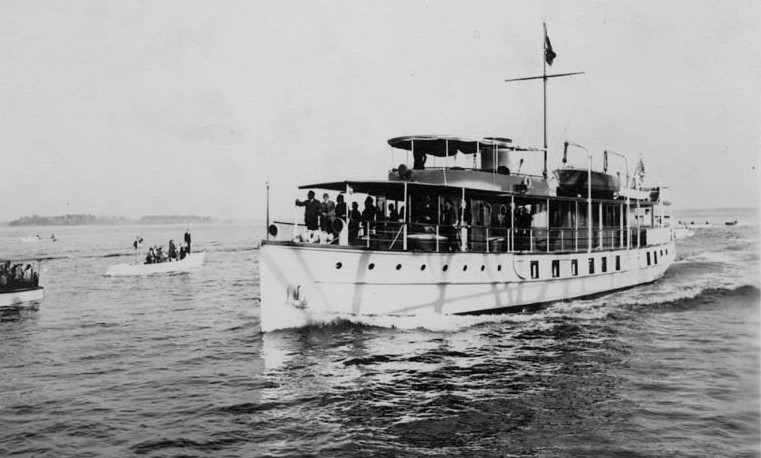

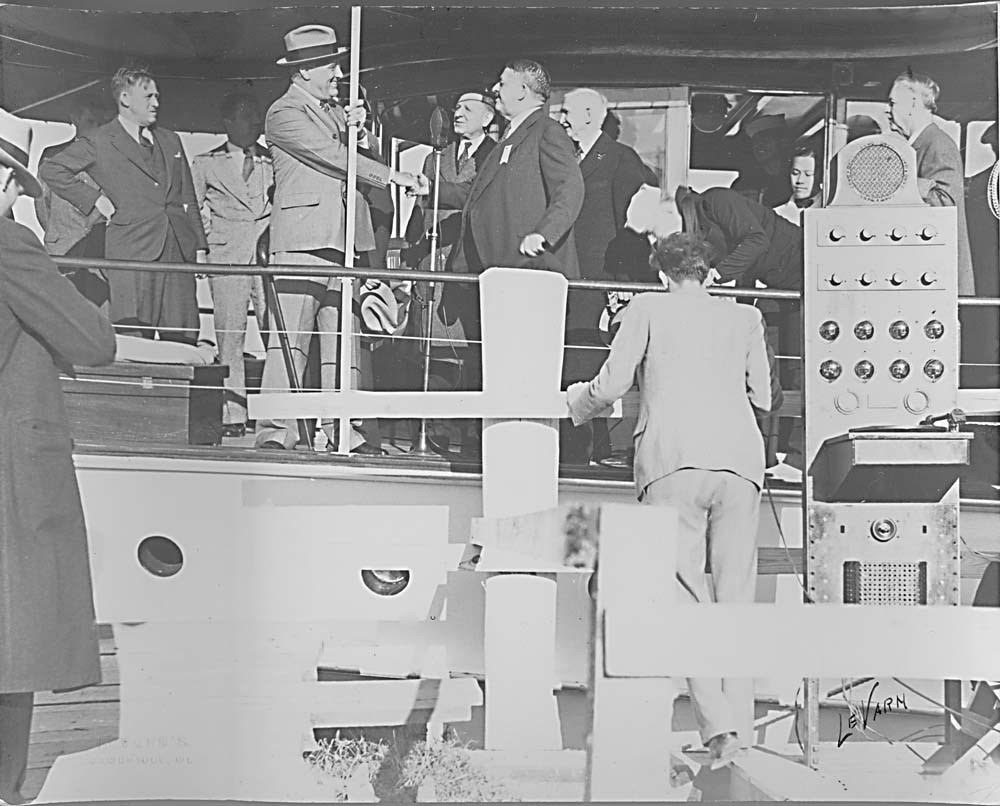
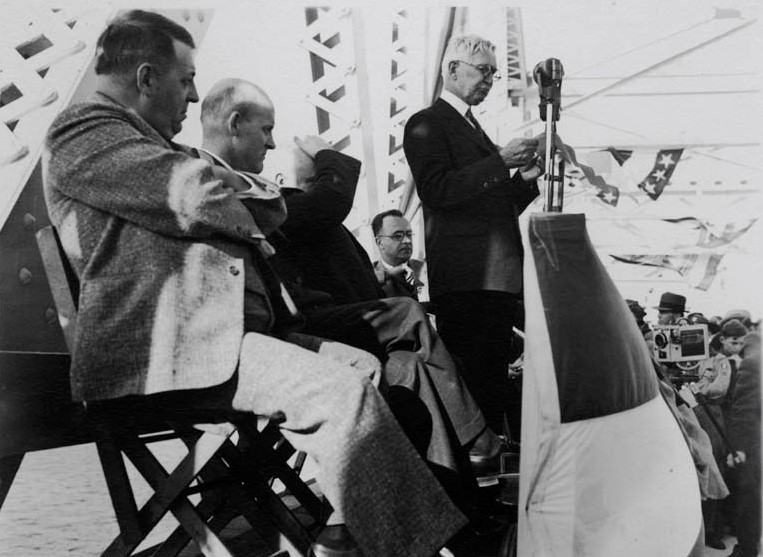





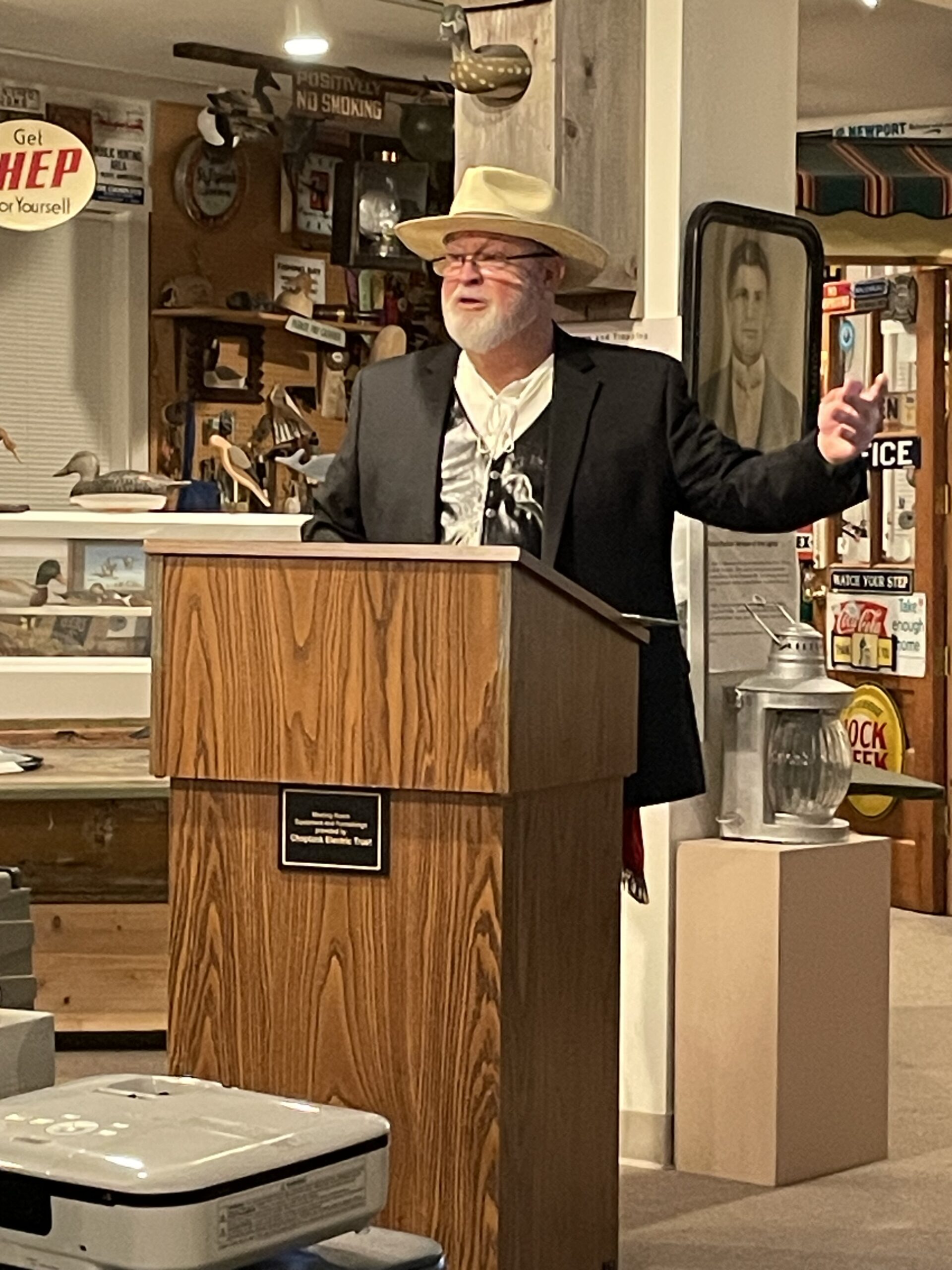

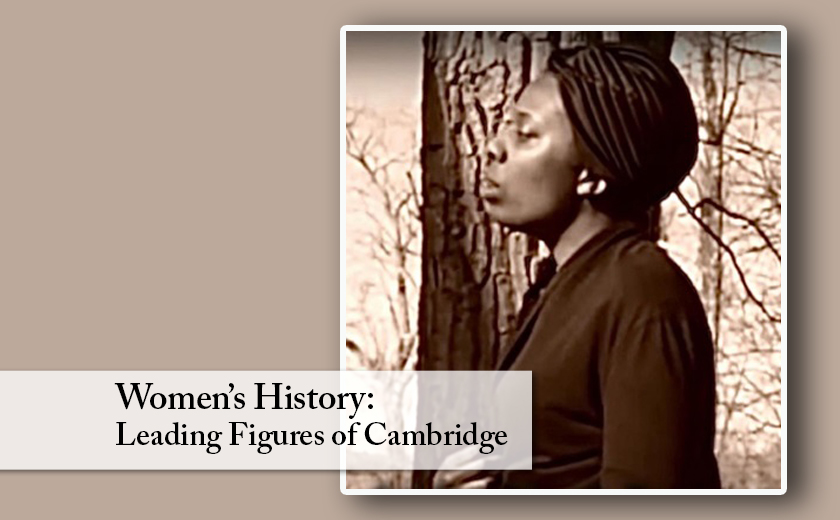
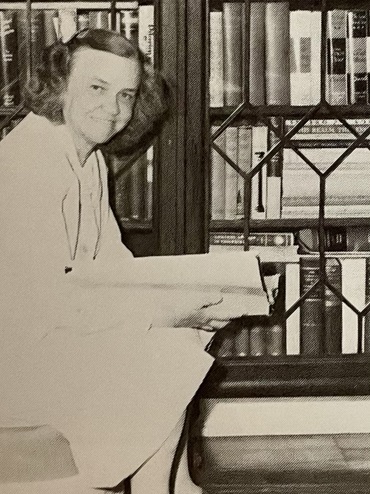
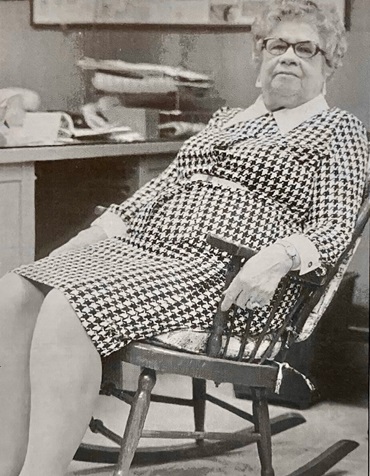
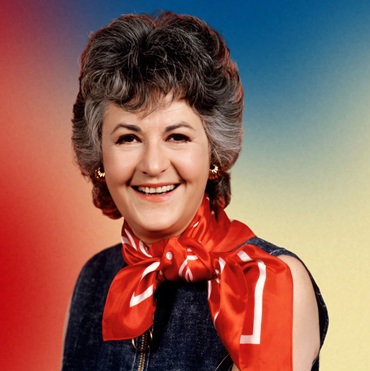 Bea Arthur
Bea Arthur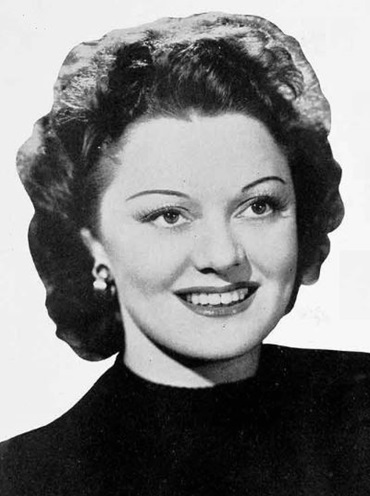
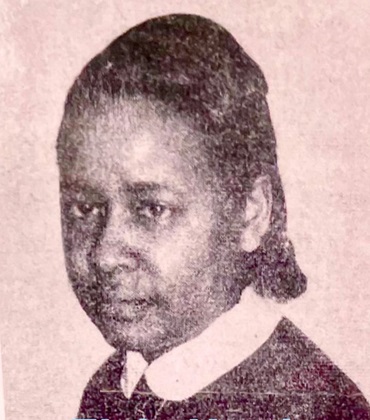
 Addie Travers
Addie Travers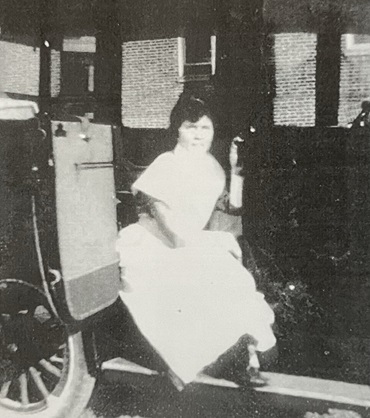 Effa Horseman
Effa Horseman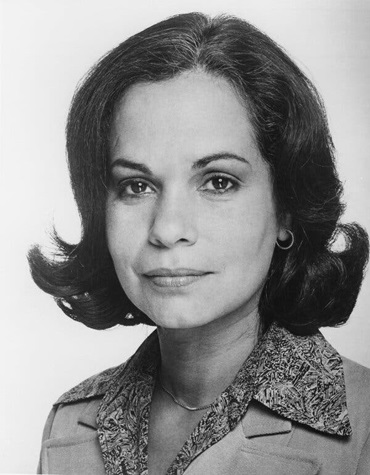
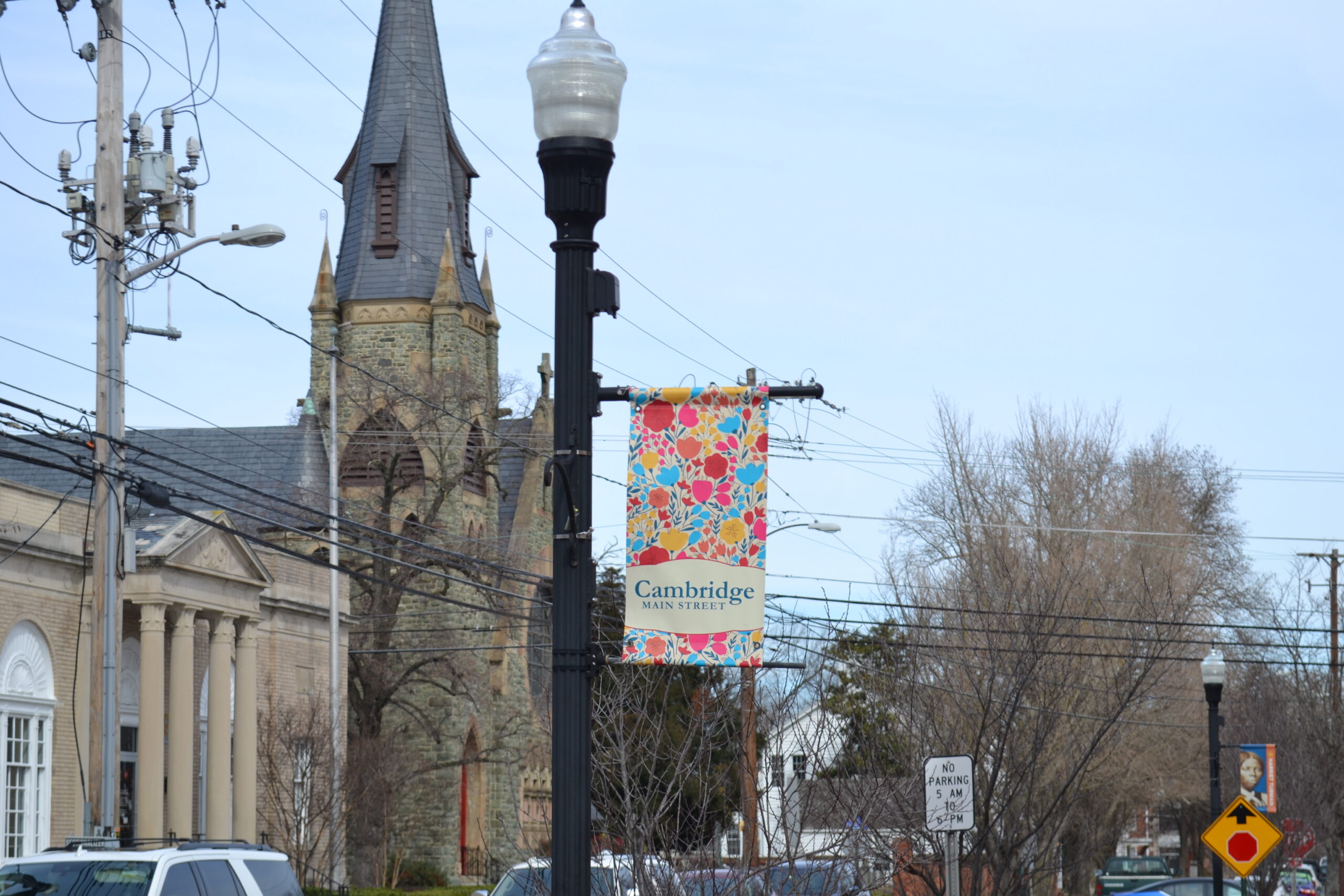
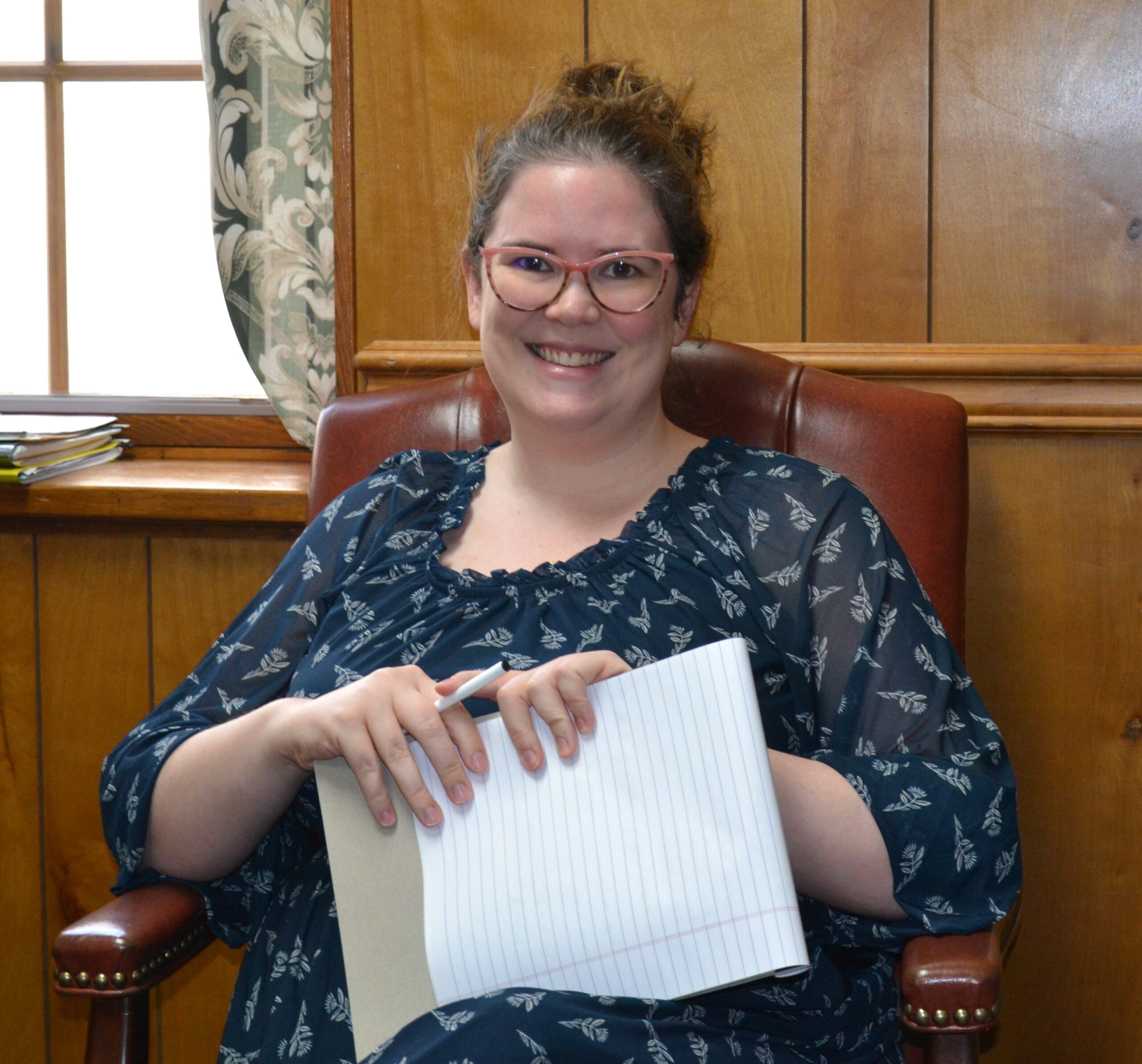
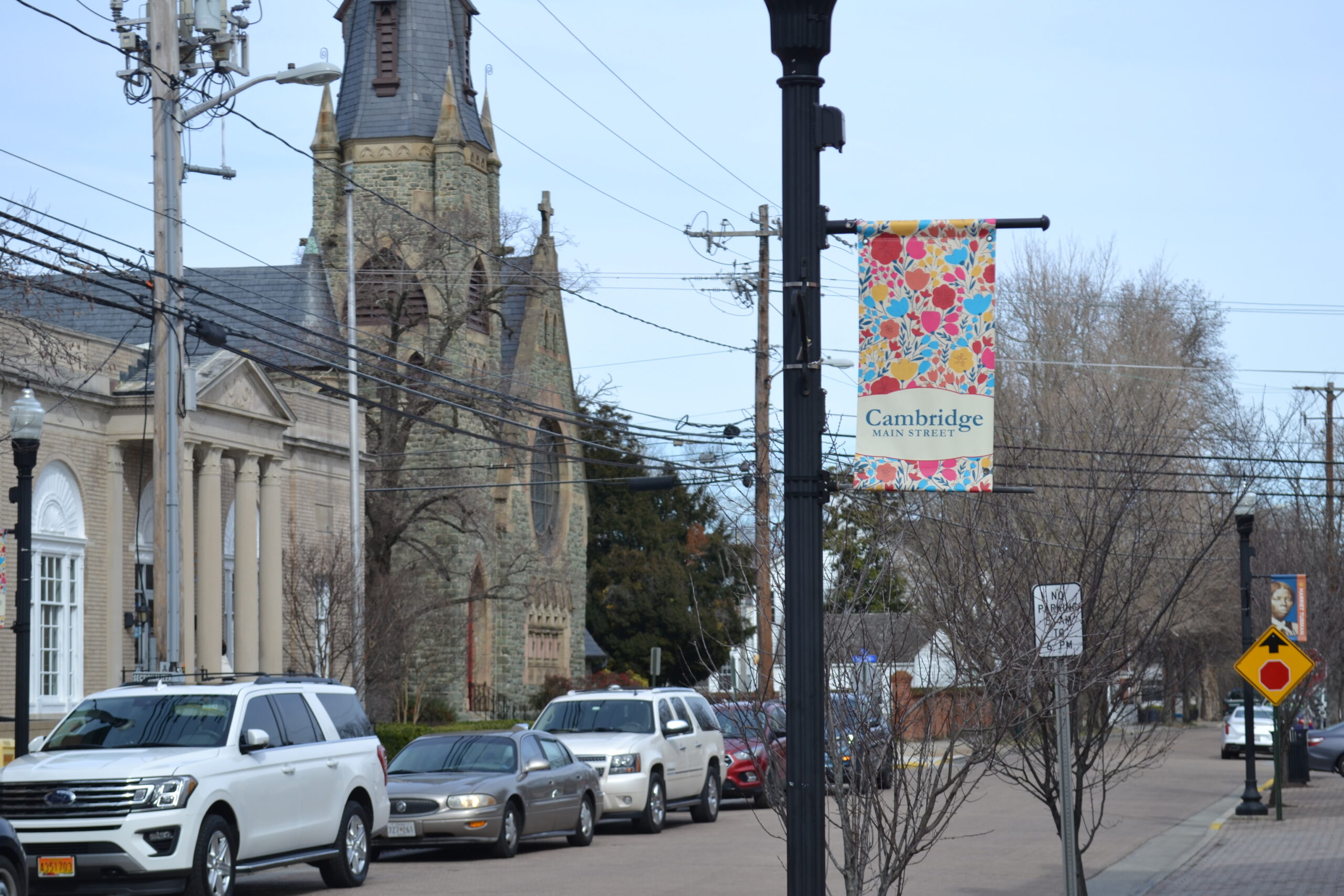 Main Street Maryland is also getting more organized, as evidenced by the fact that CMS recently received its first letter of agreement with the state entity since 2018. Something that used to be standard, this agreement outlines the pillars of the National Main Street program that CMS must uphold, such as displaying logos on promotional materials and having information about the Maryland Department of Housing and Community Development. Another important part of the agreement involves downtown beautification, which is done through streetscape and façade improvement as well as lighting.
Main Street Maryland is also getting more organized, as evidenced by the fact that CMS recently received its first letter of agreement with the state entity since 2018. Something that used to be standard, this agreement outlines the pillars of the National Main Street program that CMS must uphold, such as displaying logos on promotional materials and having information about the Maryland Department of Housing and Community Development. Another important part of the agreement involves downtown beautification, which is done through streetscape and façade improvement as well as lighting.